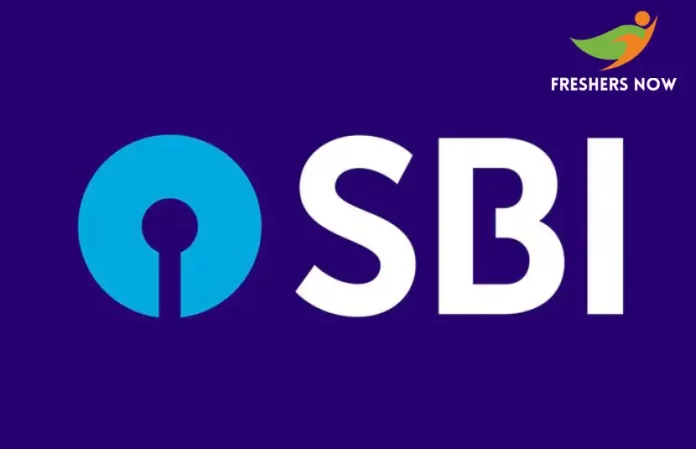
SBI’s Q4 Report Highlights Strong Performance and Improved Asset Quality: State Bank of India (SBI) has reported record quarterly profits, largely due to growth in non-interest income, efficient cost management, and adjustments in asset provisions. This remarkable financial performance reflects the bank’s resilience, with improved loan growth and asset quality contributing to its success. In its latest quarterly report, SBI revealed its highest standalone quarterly net profit ever recorded, reaching Rs. 20,698 crore.
SBI’s Q4 Report Highlights Strong Performance and Improved Asset Quality
This outstanding result was primarily driven by a surge in non-interest income, effective cost management, and favorable adjustments in asset provisions. SBI’s ability to control costs and enhance non-interest income, along with adjustments made to asset provisions, significantly boosted its profitability. These factors, combined with improved loan growth and asset quality, highlight the bank’s strong performance and resilience in challenging economic conditions.
Essential Financial Metrics
- Net Interest Income (NII): Rose by 3.13% year-on-year to Rs. 41,655 crore.
- Total Non-Interest Income: Increased by approximately 24% to Rs. 17,369 crore.
- Operating Profit: Grew by 17% to Rs. 28,747 crore, surpassing operating expenses.
- Dividend: SBI’s central board announced a dividend of Rs. 13.70 per equity share for FY24.
Growth in Loans and Asset Quality
SBI’s Chairman, Dinesh Kumar Khara, is optimistic about continued loan growth and stable net interest margins. The bank expects a 14-16% increase in loans and a 12-13% rise in deposits for FY25. Importantly, gross non-performing assets (NPAs) decreased to 2.24% of gross advances, showing better asset quality.
Provisions and Capital Strength
While provisions for employees decreased, there was a significant increase in provisions for loan losses. SBI also received write-backs from standard asset provisions and other provisions. Although there was a decrease in net interest margin, the bank’s capital adequacy ratio remains strong, allowing for further growth in the balance sheet.
Stay updated with the latest current affairs and insightful blog posts by following FreshersNow.
| You can Also Check |
| Current Affairs |



